We passionately believe that every person should have equitable access to quality healthcare, no matter where they live.
Flying more than 7,000 missions each year in some of Australia’s harshest environments, we’re committed to finding more ways to help more people.
Every day, at any hour, our communities can rely on us to be there when they need it most. Our investment in staff, combined with the vertically integrated logistics, engineering and training capabilities that support them, allows us to provide the absolute pinnacle of aeromedical care across Australia and beyond.
We’re not just saving lives today. We’re working to save more, tomorrow. We’re constantly thinking about how we can improve patient outcomes. Our ongoing commitment to learning and refining our approach keeps us at the forefront of aeromedicine.
LifeFlight exists to bring health equity to communities and improve patient outcomes. Find out how your support and contribution helps us continue our vital aeromedical services to those in their greatest moments of need.
For more than four decades, LifeFlight has been Queensland’s beacon of hope, delivering essential aeromedical services across our vast and diverse landscape. From the sun-drenched outback to bustling cities and pristine coastal shores, our helicopters and jets have been a lifeline for more than 90,000 people.
In 1979, the Sunshine Coast Helicopter Rescue Service launched its first mission, unknowingly setting the stage for what would become Queensland’s largest aeromedical service—LifeFlight. Two years later, the team helped establish the Gold Coast Helicopter Rescue Service, which by 1992 became known as CareFlight.
By 2004 our first air ambulance jet took flight. This not only enhanced our capabilities within Queensland but also extended our reach to international missions, spanning from the vast outback to destinations like Hawaii and Kenya.
The following years saw our helicopter rescue operation expand and merge with other services across the state, with a notable technological advancement in 2014 when we added the first AW139 helicopter to our fleet. Two years later, we rebranded to LifeFlight.
As a further vote of confidence in our capabilities, Queensland Health exclusively contracts LifeFlight for the recruitment, training and supply of doctors and nurses to the state’s other aeromedical providers, including the Royal Flying Doctor Service and the government’s own QGAir rescue helicopter fleet.
In 2024, the Queensland Government made a landmark investment in our rescue helicopter operations, ensuring long-term reliability for all Queenslanders, especially in regional, rural, and remote areas. This milestone saw the end of our naming rights sponsorship with RACQ, which had provided vital support to our service since 1993.
From the beginning, we’ve focused on building strong internal training capabilities to meet the unique challenges of aeromedicine. This commitment is reflected at the LifeFlight Training Academy, where unique operational knowledge can be passed directly onto our students and the aeromedical industry at large.
Today, we are the largest, most advanced aeromedical service in the southern hemisphere, helping more than 7,000 people a year from some of the harshest and remote environments.
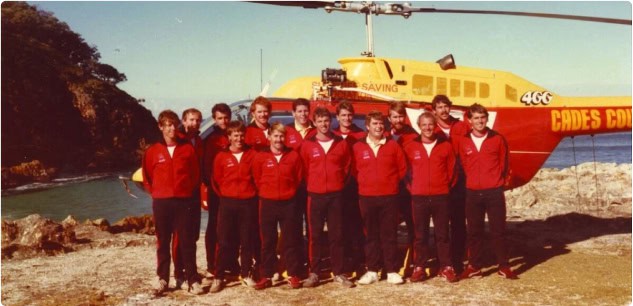
The Gold Coast Helicopter Rescue Service is formed with current CEO Ashley van de Velde as a volunteer.
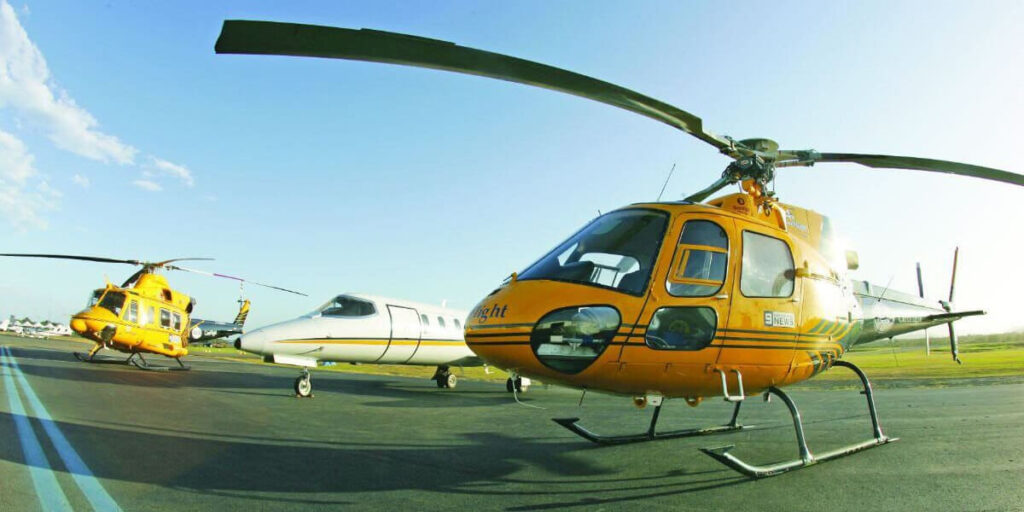
The service’s helicopter is upgraded to an AS350BA Squirrel.
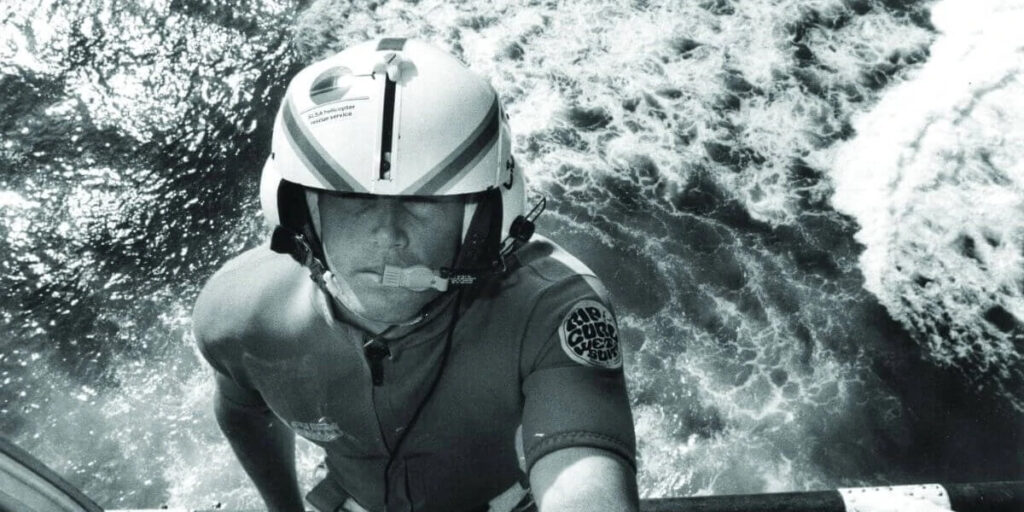
The organisation’s current CEO Ashley van de Velde becomes Chief Aircrewman, a role he held for 12 years.

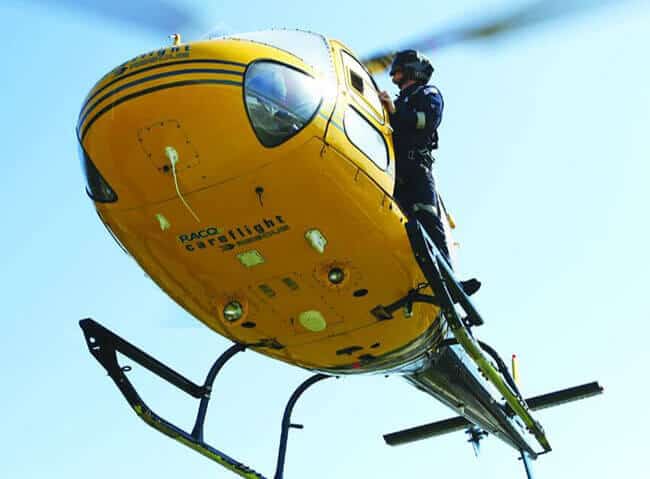
The service changes its name to CareFlight Group Queensland and operations expand beyond the Gold Coast to cover southern Queensland and northern New South Wales.
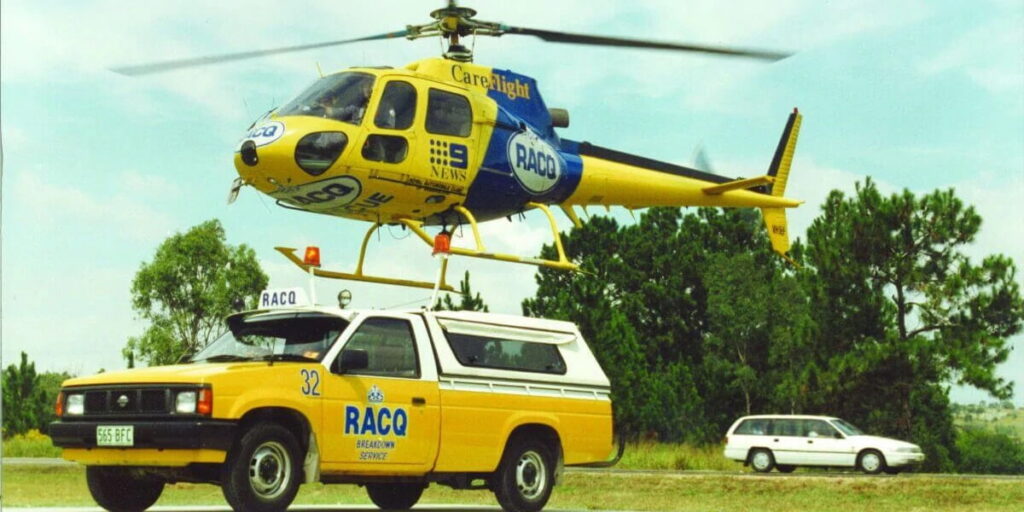
The Royal Automobile Club of Queensland (RACQ) became the naming rights sponsor for the helicopter rescue service.
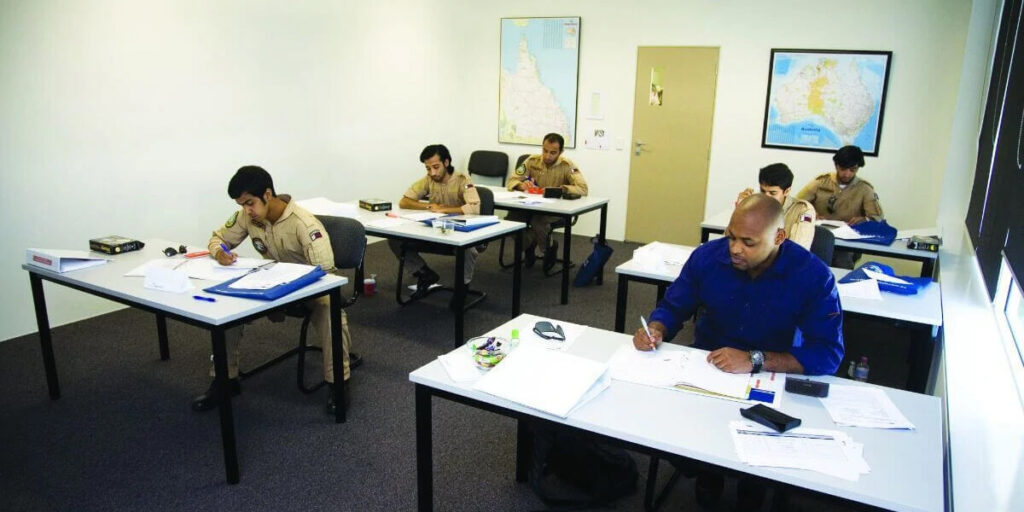
CareFlight Training Services (now LifeFlight Training Academy) is established.
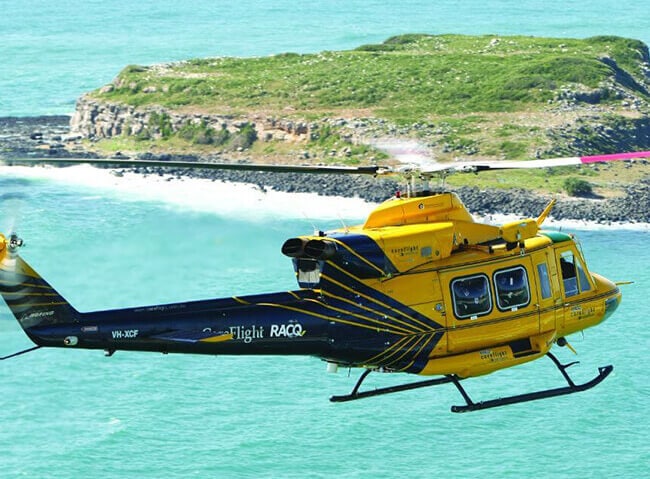

CareFlight purchases its first Bell 412 twin engine helicopter. CareFlight introduces its iconic CareFlight Bears and merchandise sales to raise funds for the service.
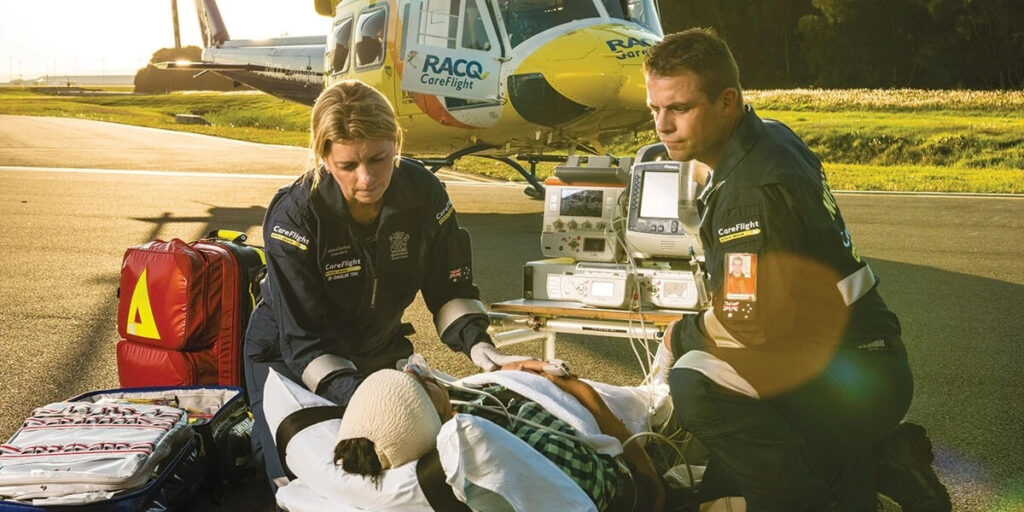
CareFlight Medical Services (now LifeFlight Retrieval Medicine) is established.
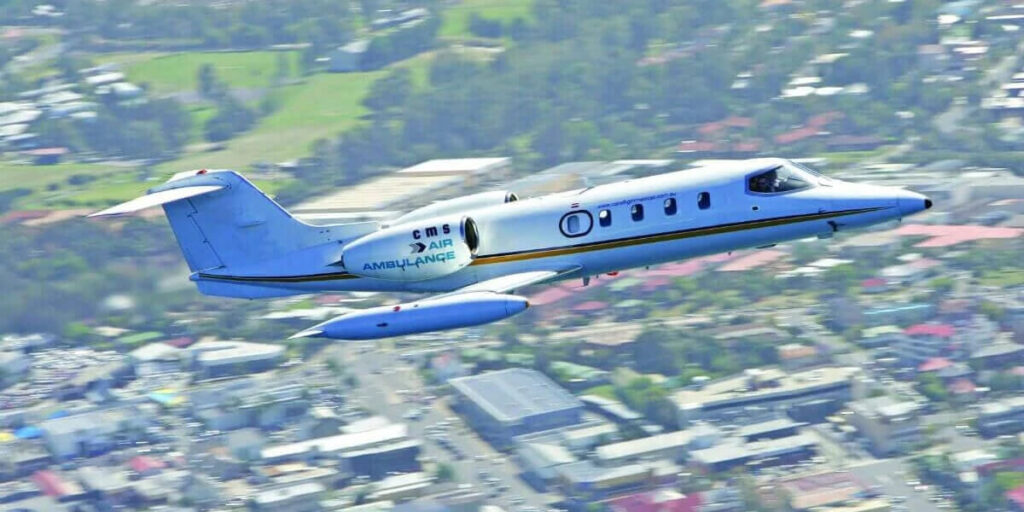
LifeFlight’s fleet expands to include a Learjet 36 - the first aircraft in our Air Ambulance service beginning in 2004.
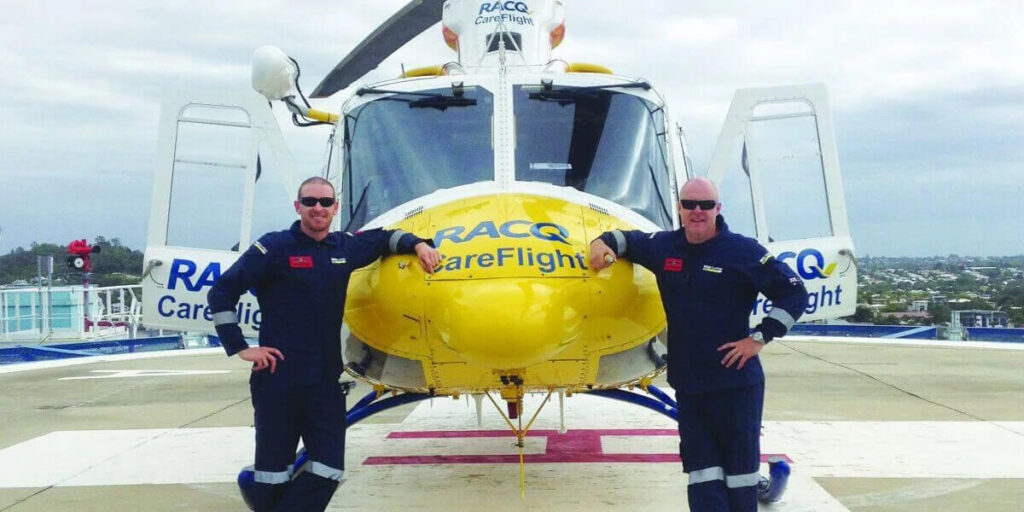
RACQ CareFlight Rescue begins part-time operations in Toowoomba, servicing South West Queensland.
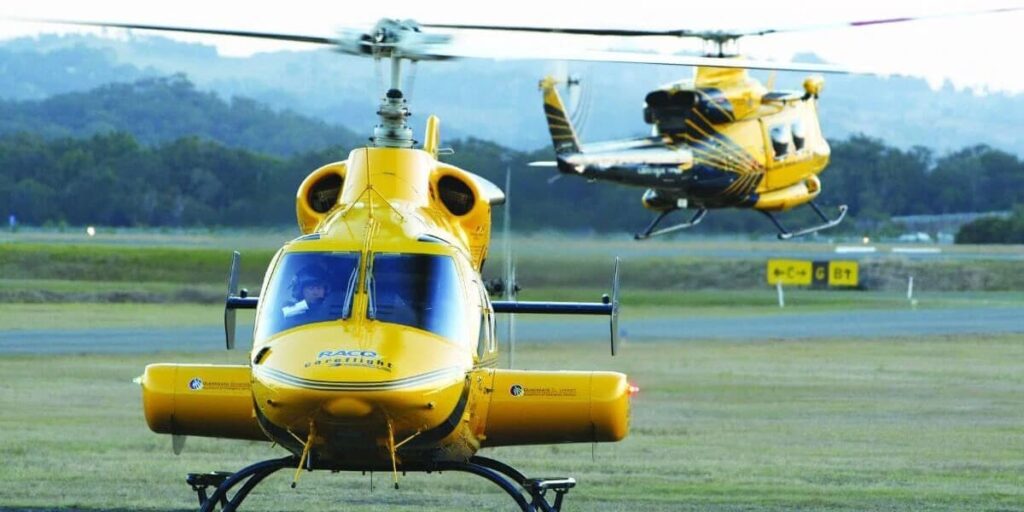
A Bell 230 twin engine helicopter is purchased and based at the Toowoomba hangar.
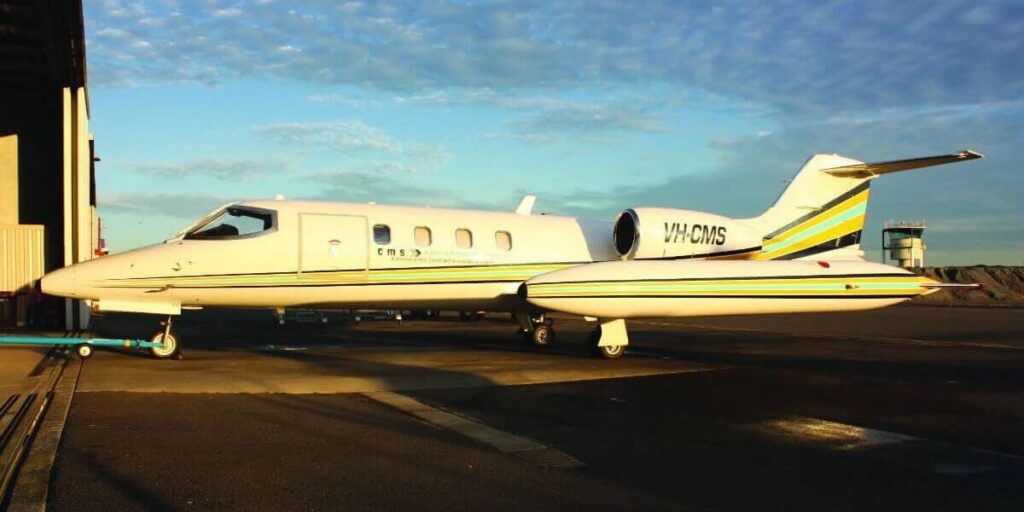
CareFlight’s Air Ambulance adds a Learjet 36A to its fleet.
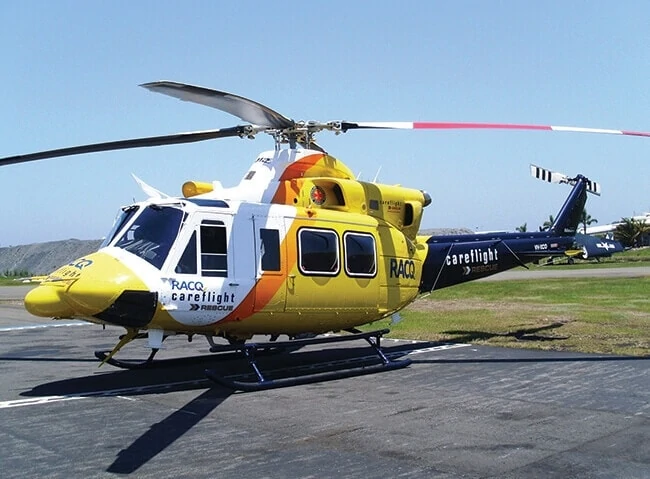

A second Bell 412 helicopter is purchased to service the South West region. CareFlight opens its HEMS Academy on the Gold Coast.

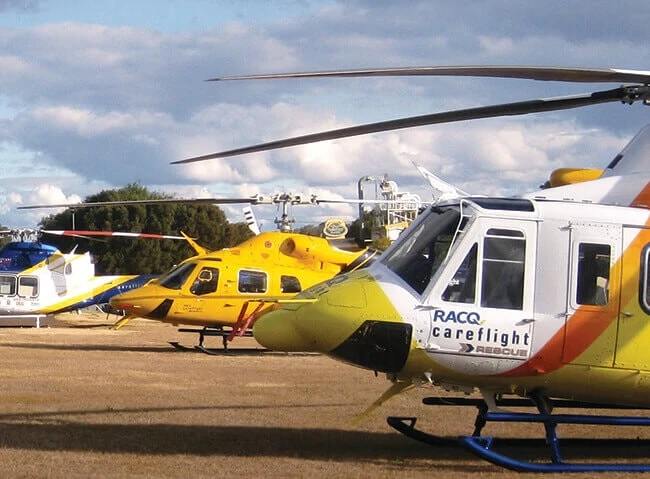
RACQ CareFlight Rescue’s Toowoomba-based service becomes a 24/7 operation.

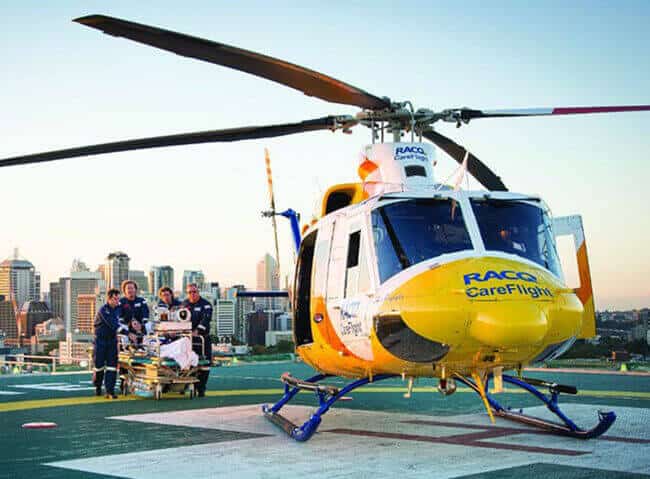
The Surat Basin Gas Industry Aeromedical Service (Surat Basin Rotary Wing Aeromedical Evacuation – SBRWAME) is created. Two additional Bell 412 helicopters are acquired to service the commercial contract.

CareFlight Group merges with The Sunshine Coast Helicopter Rescue Service, which began operating in Queensland in 1979.
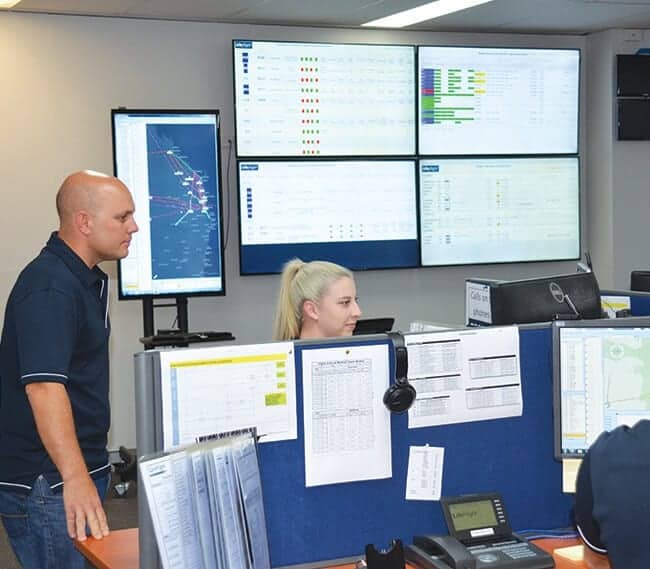
January: The Curtis Island Rotary Wing Aeromedical Service (CIRWAME) is created.
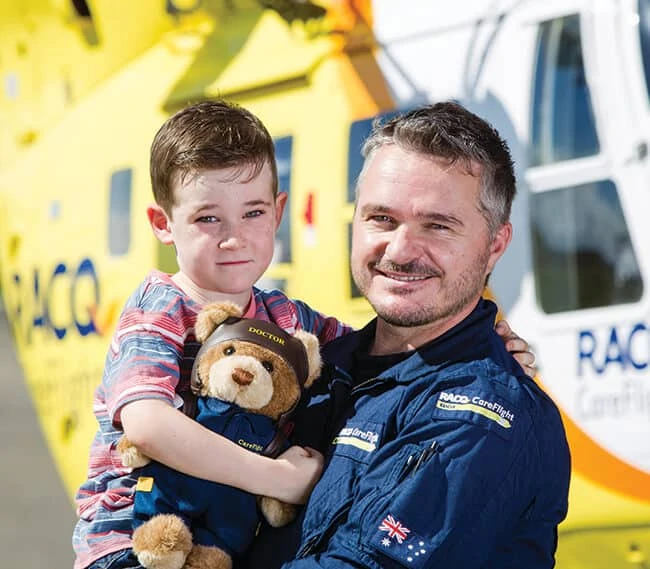
July: The CareFlight Coordination Centre (C3) expands to manage fleet logistics.

Rebrand of CareFlight Group QLD to CareFlight Group and CareFlight Medical Services to CareFlight Retrieval Medicine.
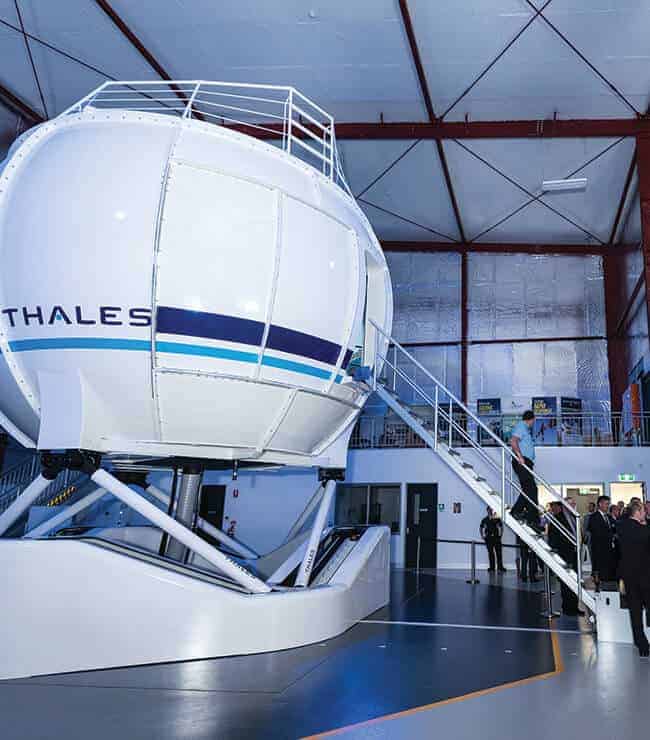
October: A Challenger CL-604 jet is purchased to further expand the Air Ambulance fleet. The first AW139 helicopter is acquired. Agreement with Thales Australia to provide a Thales NextGen Reality H AW139 Full Flight Simulator is signed.

December: 10-year Service Agreement with the Queensland Government is announced.
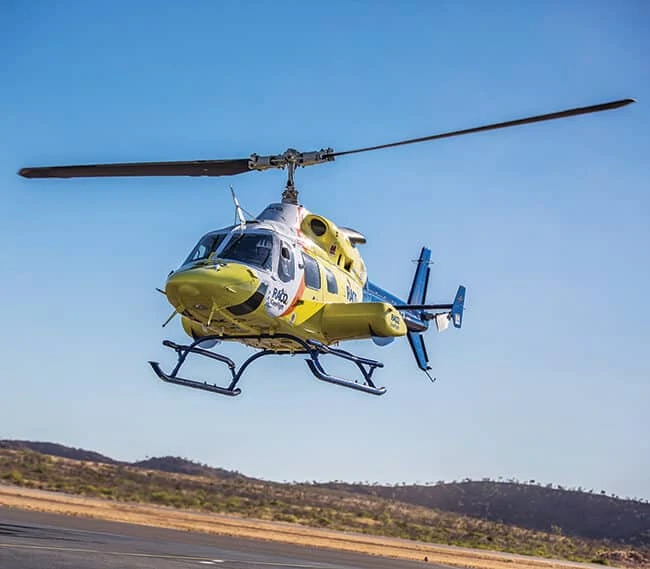
January: A new aeromedical base at Brisbane Airport is launched.

July: CareFlight merges with the Mount Isa-based North Queensland Helicopter Rescue Service (NQ Rescue) and commences service to North West Queensland.

Secured funding for our doctor service until 2019 with the Queensland Department of Health.
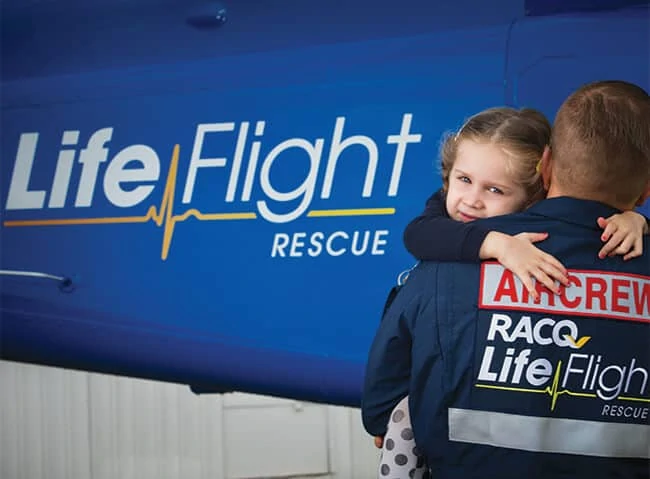
July: Our new name. A new era begins in our proud history, CareFlight will be known as LifeFlight.

December: 35th anniversary of LifeFlight (CareFlight). Officially incorporated into a public company on 15th of December.
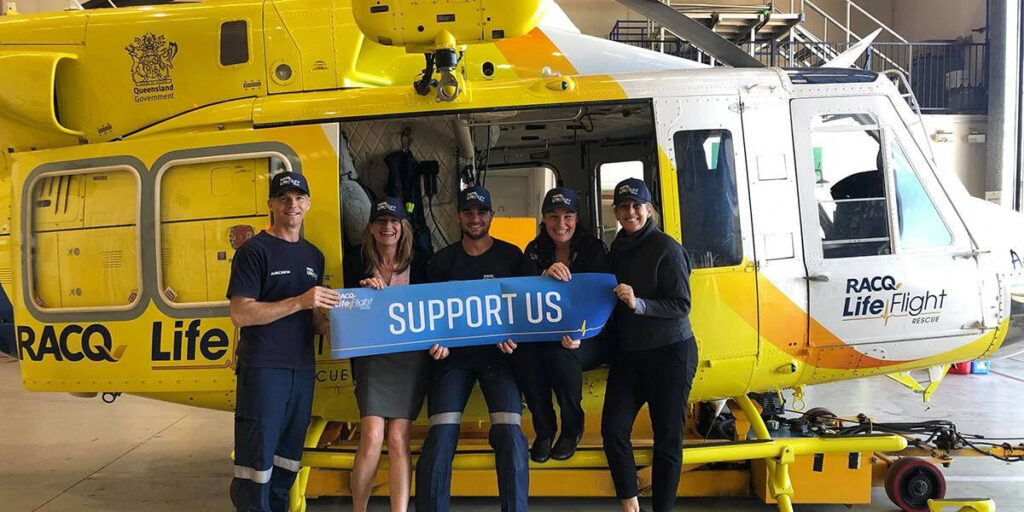
July: To support the RACQ LifeFlight Rescue service, the LifeFlight Foundation was officially formed and based at Robina, QLD.
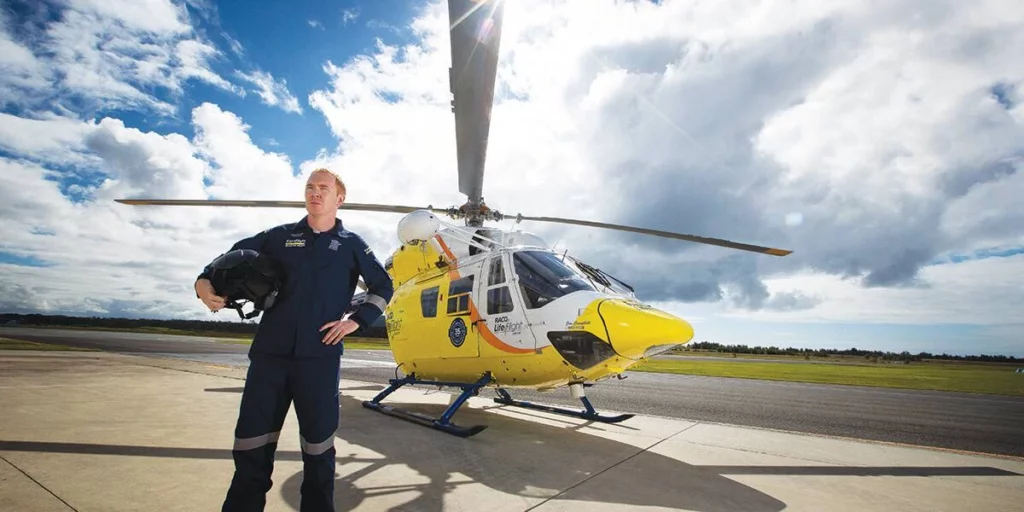
June: LifeFlight achieved an incredible milestone, 50,000 lives saved since its first airlift in 1979.
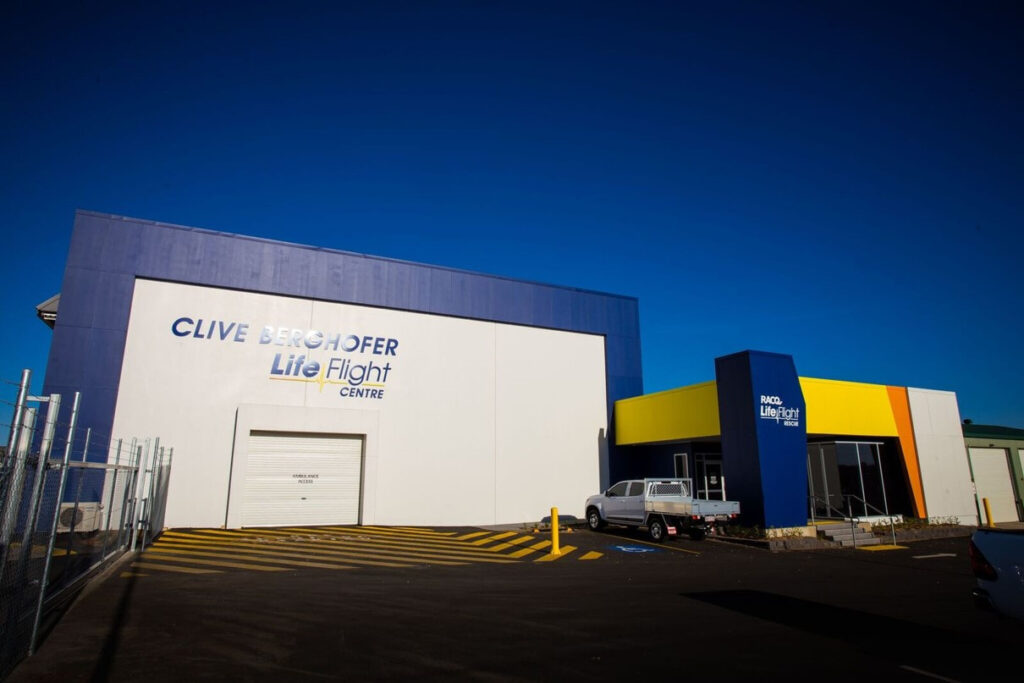
September: The new Clive Berghofer LifeFlight Centre officially opened at Toowoomba Airport.

June: LifeFlight celebrates 25 years of partnership with naming-rights sponsor, RACQ.
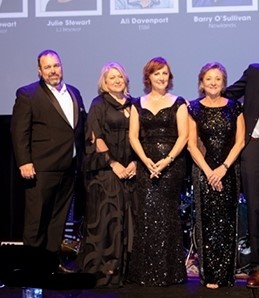
July: LifeFlight reaffirmed its connection with communities across Queensland through the formal establishment of the LifeFlight Regional Advisory Committees.
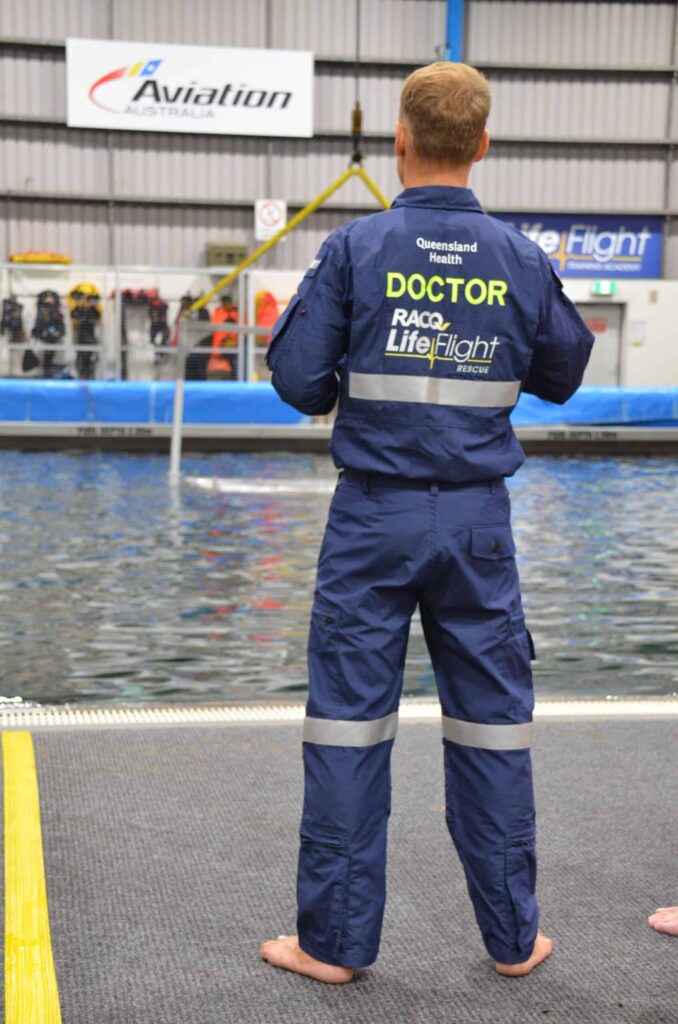
July: Doctor training week in its entirety took place at LifeFlight Training Academy, for the new recruits joining the LifeFlight Retrieval Medicine team.
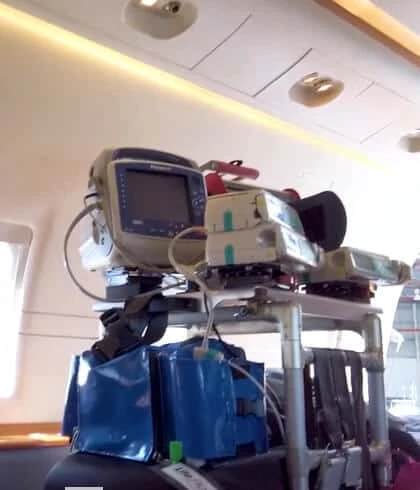
August: New contract with Queensland Health commenced for LifeFlight to provide Critical Care Doctors across the State’s aeromedical network.
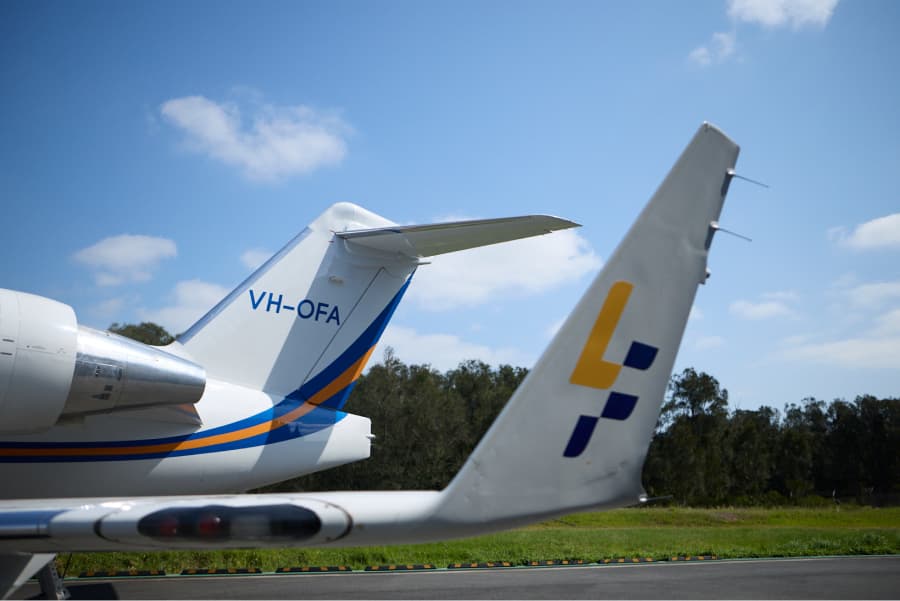
February: Further expansion of the Air Ambulance jet fleet with three new Challenger 604 aircraft.
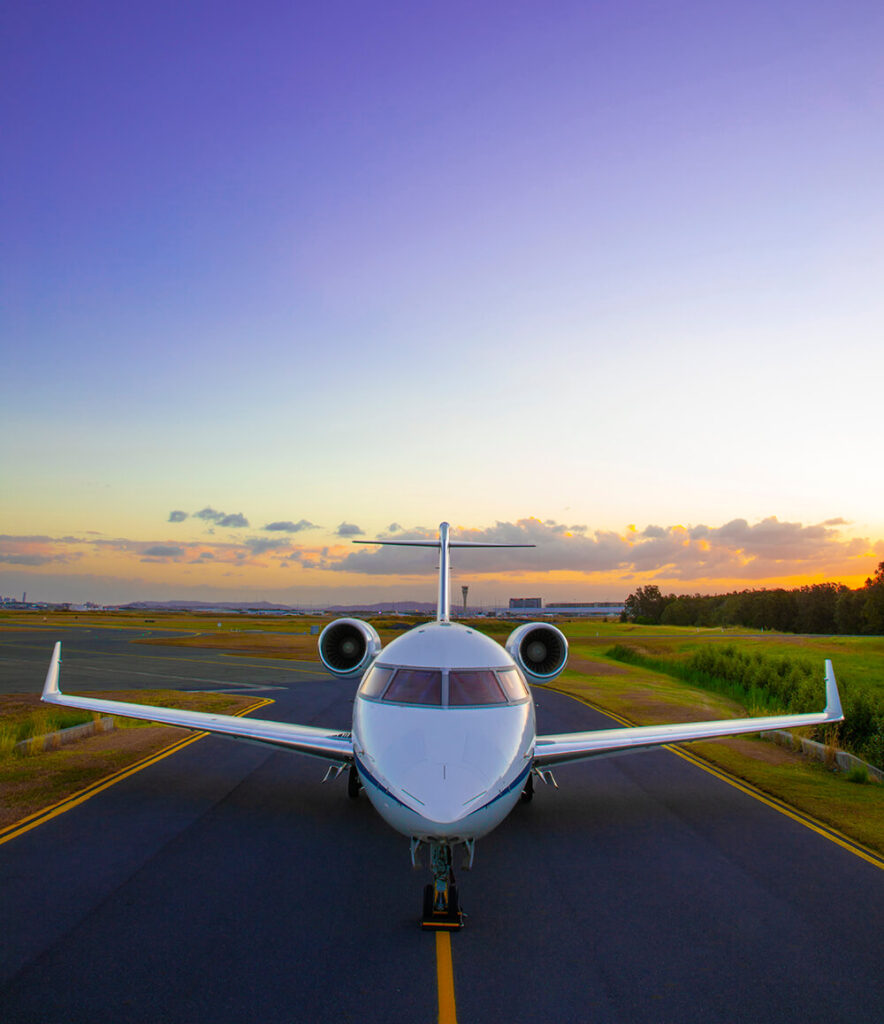
March: New Bundaberg Aeromedical base officially opened, a joint project with Royal Flying Doctors Service (Queensland Section).
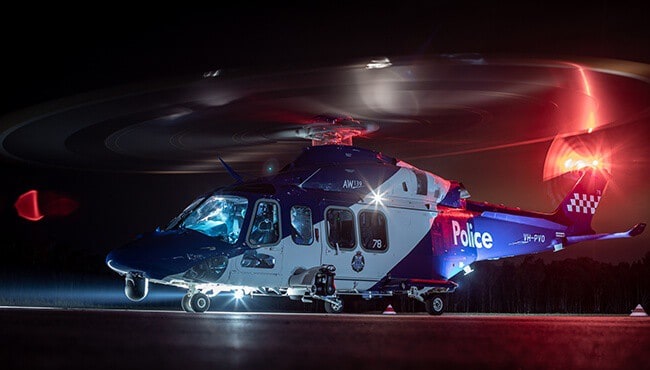
June: The State Government of Victoria selected StarFlight to meet the requirements of the Victoria Police Aviation Capability Program (ACP), following its decision to acquire three AW139 helicopters for its Air Wing.
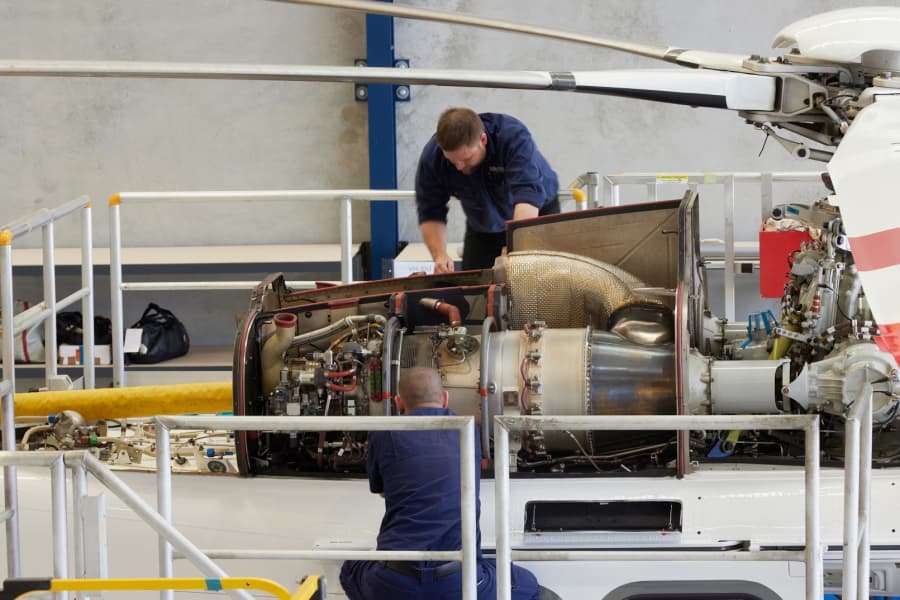
LifeFlight was granted CASA Part 145 approval and endorsed as an Approved Maintenance Organisation (AMO). Aircraft maintenance on the entire fleet is now performed by our in-house engineering team.
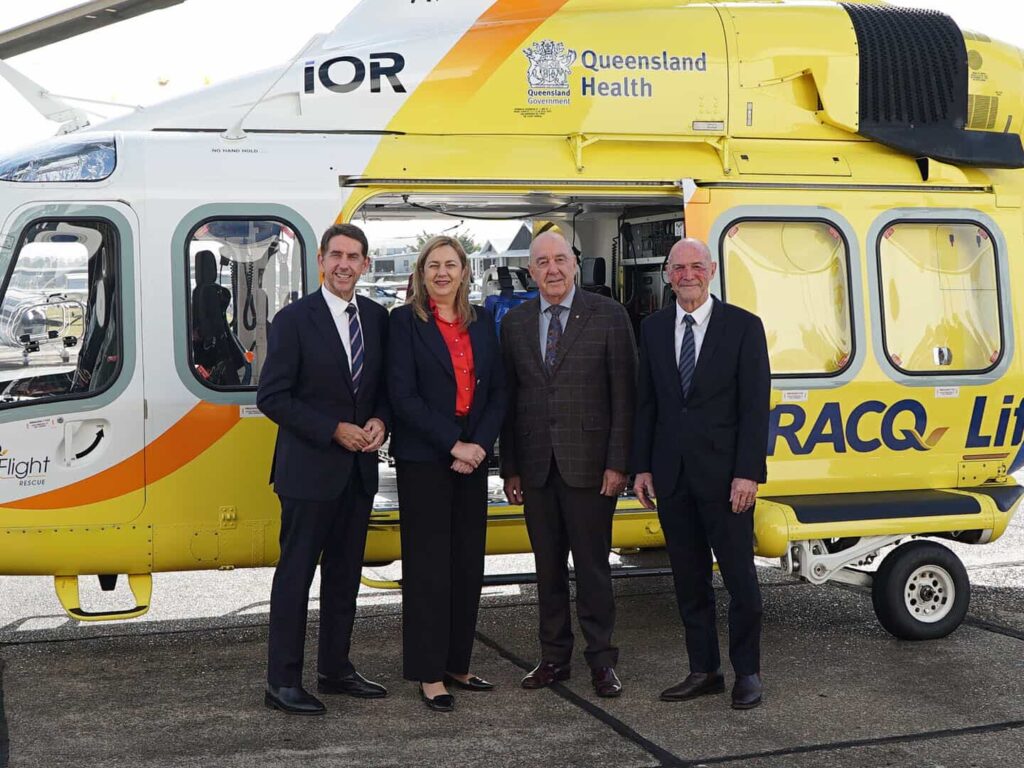
June: LifeFlight secures significant funding from the Queensland Government giving certainty for the next ten years, the vital search, rescue and aeromedical services provided by LifeFlight will continue to operate.
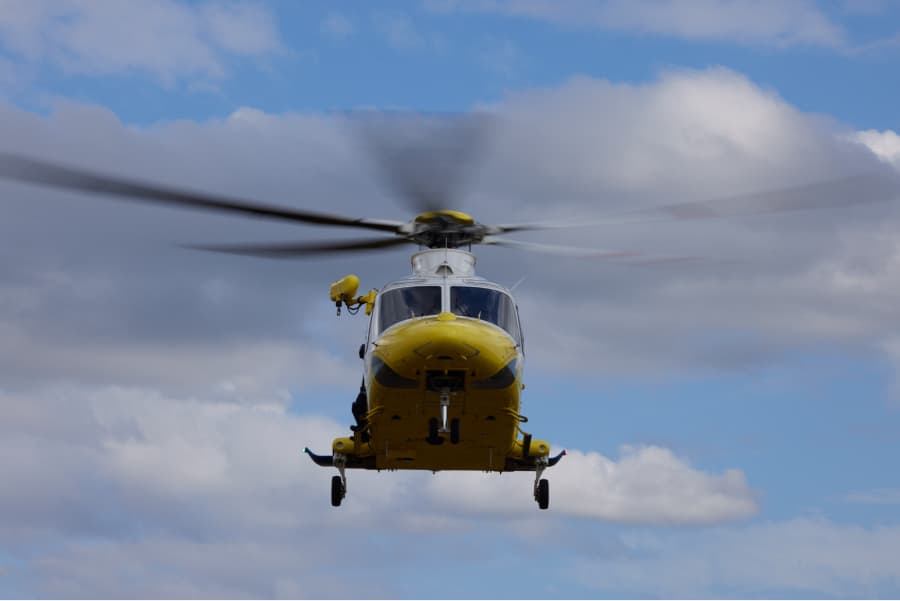
LifeFlight orders three AW139s. The new additions took the LifeFlight fleet to 19 rotary aircraft.
We acknowledge the Aboriginal and Torres Strait Islander Traditional Custodians of the land on which we serve and fly, and pay respect to their Elders past, present and future.